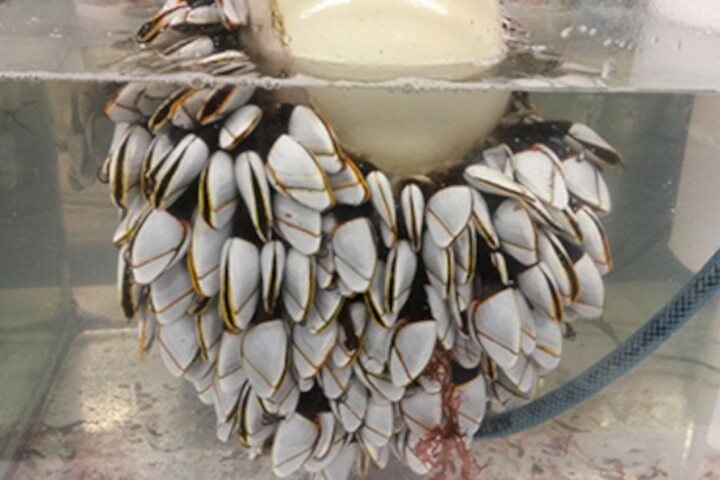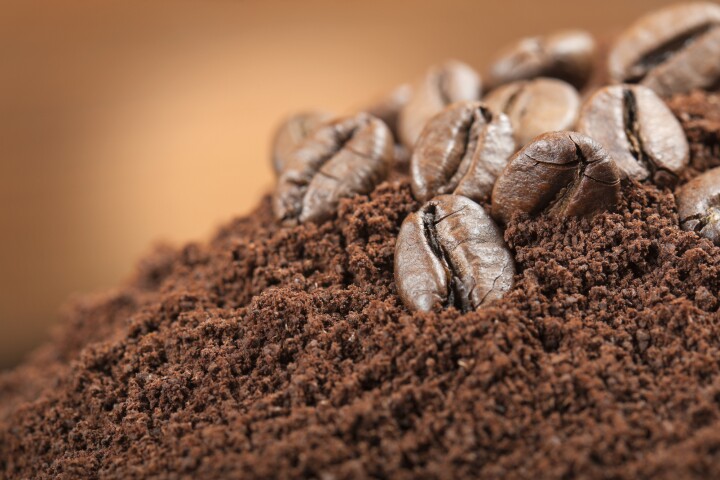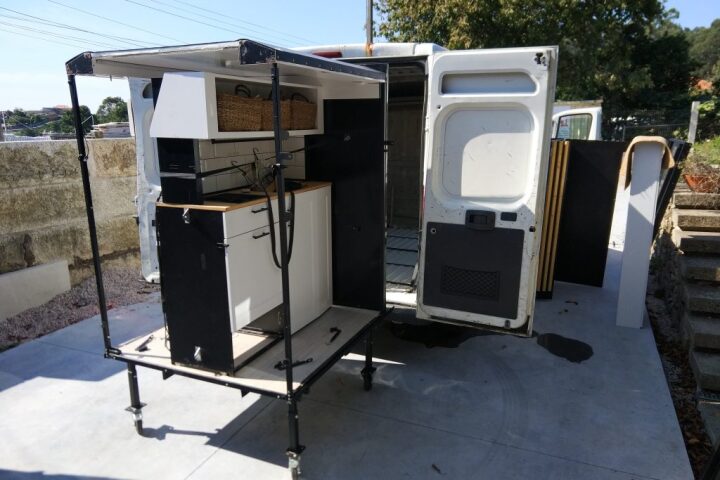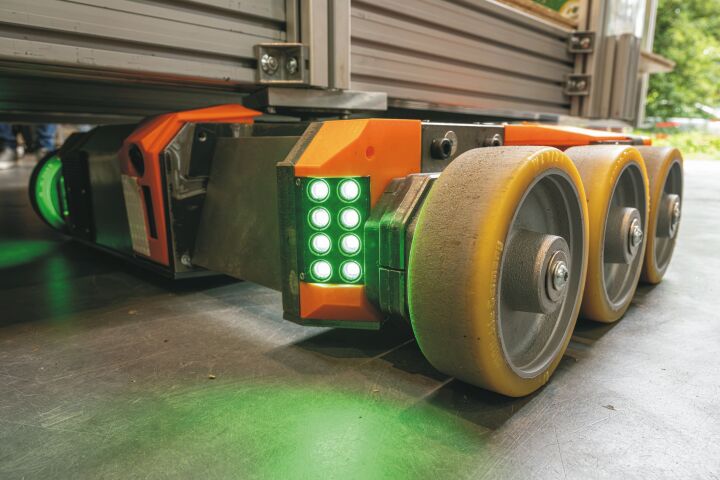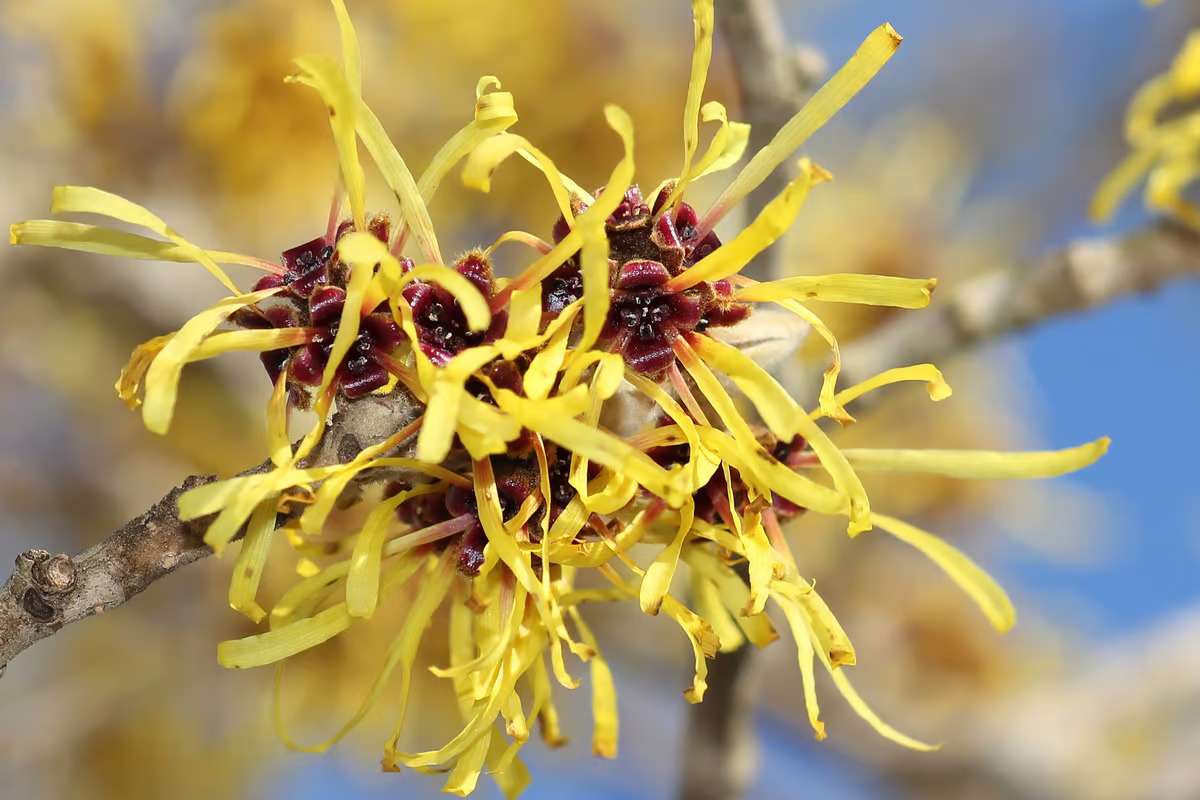 The witch hazel plant shoots its seeds out at a high speed, in order to ensure they get widely dispersed. Depositphotos
The witch hazel plant shoots its seeds out at a high speed, in order to ensure they get widely dispersed. Depositphotos
Led by biomechanics graduate student Justin Jorge and Prof. Sheila Patek, a team from North Carolina’s Duke University started out by recording video of three species of witch hazel, as their fruit capsules expelled their seeds. Given the fact that the seeds reach their maximum velocity in only about half a millisecond, the video had to be shot at a rate of 100,000 frames per second.
The resulting ultra-slow-motion footage showed that as the fruit capsules dry out, they warp inwards like a deforming piece of wood, pinching the sides of the enclosed seed from behind. Once the tension has built to a certain threshold, the seed flies out.
“It’s similar to how you can shoot out a watermelon seed by squeezing it between your fingers,” said Jorge.
Interestingly, it was found that even though the heaviest of the seeds weighed 10 times more than the lightest, they all flew at roughly the same speed. This was due to the fact that in the plants that had the larger seeds, the fruit capsules were proportionally larger, allowing them to produce and store more elastic energy.
“When we think of springy things, we typically think of rubber bands, coils, or archery bows,” Jorge said. “But in biology, we have all these weird, complex shapes. Perhaps there are some benefits to these shapes that can be used to improve the design of synthetic springs, such as those used in small jumping robots.”
You can see the seeds in action, in the video below. A paper on the research was recently published in the Journal of the Royal Society Interface.
Source: Duke University










